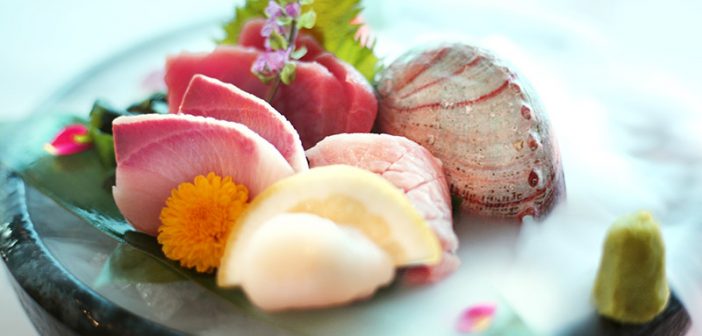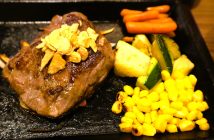When doing my research for go-to restaurants in Vancouver, Miku Vancouver is one name that keeps popping up on my feed. Helmed by the Aburi Restaurants group, which has exported its signature flame-seared sushi to Toronto and beyond, Miku promises a modern take on Japanese cuisine, right in the heart of downtown Vancouver by the harbourfront. The restaurant has long built a reputation as a go-to for aburi sushi and waterfront dining, often making its way onto lists of top Japanese restaurants in the city.
The Ambiance
To begin with, the ambiance. One expects a sense of tranquillity when indulging in high-end Japanese food—a setting where the subtleties of flavour and the artistry of each dish can be fully appreciated. Unfortunately, that was not the case at Miku. The restaurant was packed and noisy, the buzz bordering on cacophonous. I found myself having to lean forward and strain to catch what the otherwise lovely server was saying. Every table around us seemed to be speaking at heightened volumes, which gave the impression that we were part of a bustling pub night rather than a refined Japanese dining experience. There’s nothing inherently wrong with a lively atmosphere, but it clashed jarringly with the expectations set by the price point and menu.
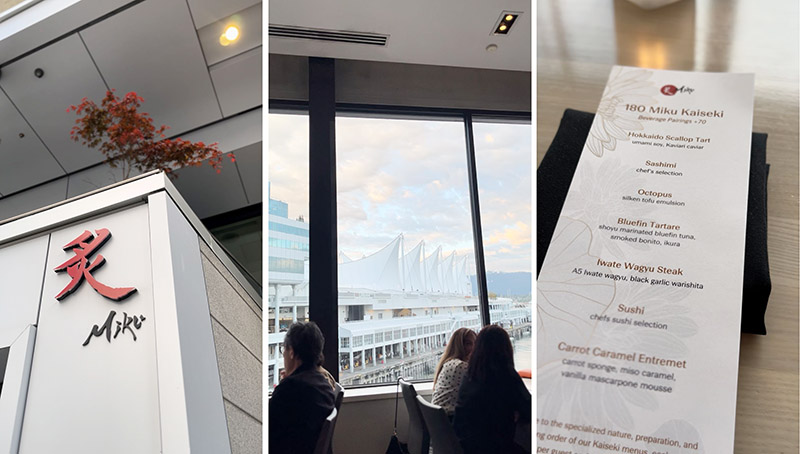
Photos © Katherine Goh
Still, I came for the food, and there were indeed some highlights.
My Miku Kaiseki set (CAD180++) began on a promising note with a Hokkaido scallop tart, delicately arranged and dressed with umami soy and topped with kaviari caviar. The brininess of the roe offered a pleasing counterpoint to the sweetness of the scallop, and the crisp tart base brought it all together nicely. It was a promising start—precise, elegant, and clean.
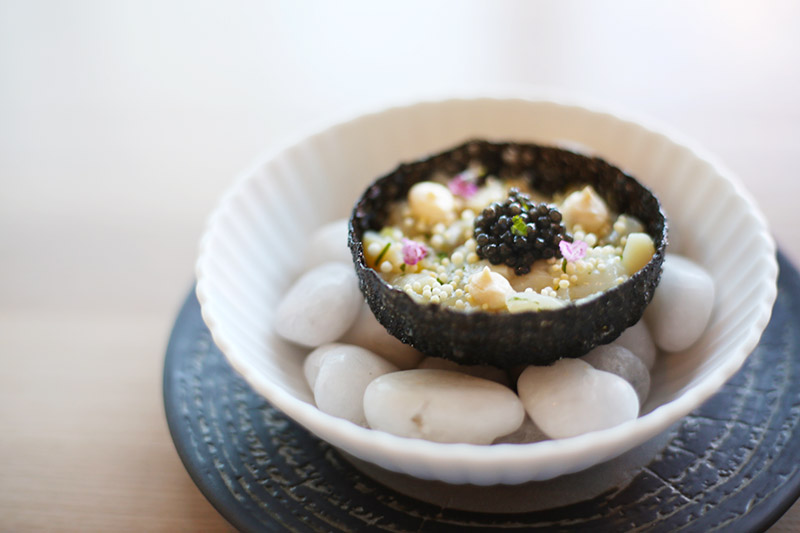
Hokkaido Scallop Tart. Photo © Katherine Goh
Next came the sashimi course: bluefin tuna, hamachi, scallop and an indulgent slice of otoro. The cuts were pristine and fresh, and the otoro in particular was melt-in-the-mouth tender, with a buttery richness that lingered pleasantly on the palate.
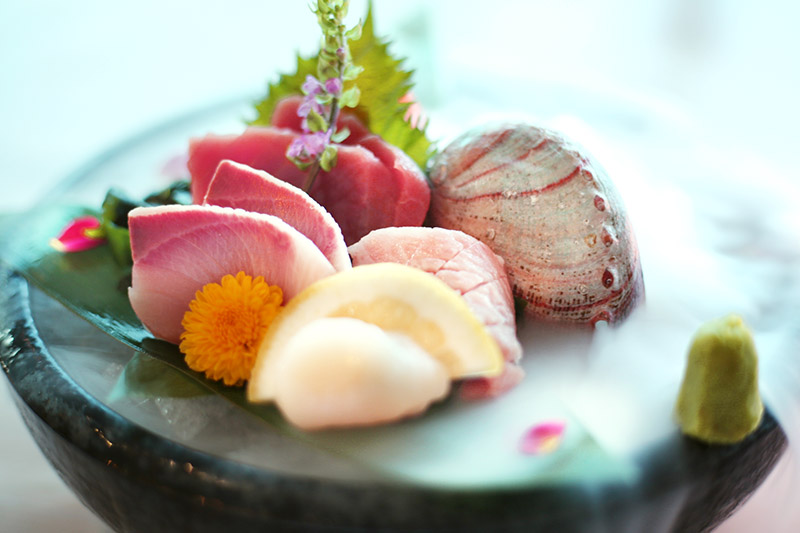
Sashimi – Chef’s Selection. Photo © Katherine Goh
Then arrived a dish I found both curious and compelling—the octopus. The tentacle had been sous-vided for tenderness, then lightly fried for texture, and served atop a silken tofu emulsion with tiny pearls of compressed apple. The contrast of temperatures and textures worked well, though the apple was perhaps a touch too subtle to register fully amidst the richness of the octopus.
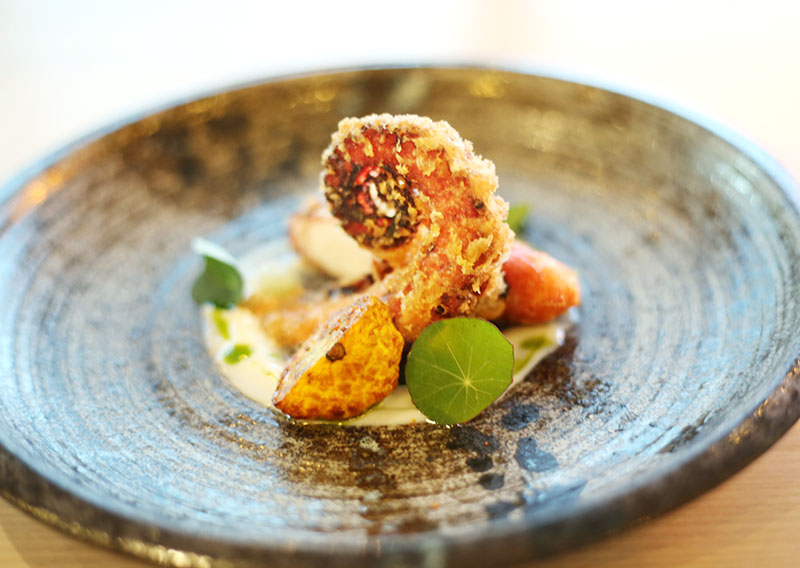
Octopus. Photo © Katherine Goh
One of the more playful and engaging dishes was the bluefin tuna tartare, marinated in shoyu and garnished with ikura and shaved bonito. Served with three sheets of crispy nori, diners were encouraged to make their own hand rolls. It was a clever and interactive course—texturally satisfying, flavour-forward, and well-balanced in its umami components.
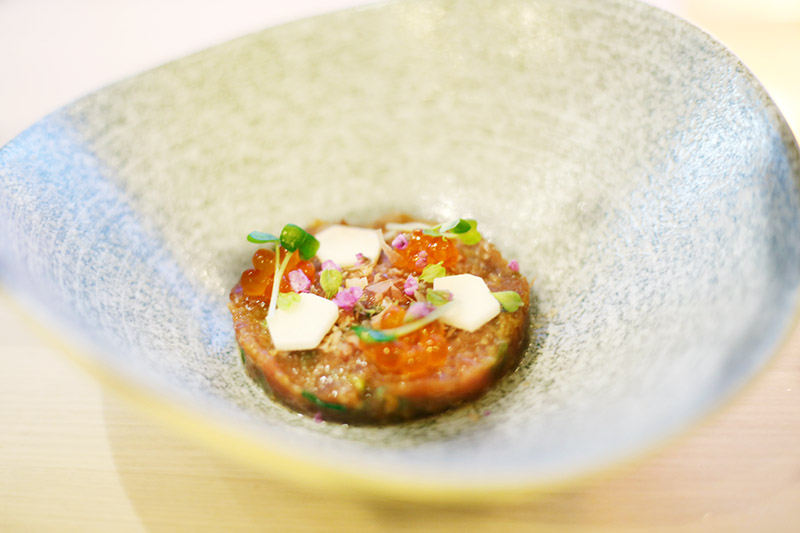
Bluefin tuna tartare. Photo © Katherine Goh
The Iwate A5 wagyu steak was another standout. Sourced from Japan’s Iwate prefecture, the beef was intensely marbled and seared to just the right doneness. Accompanied by a black garlic warishita, it had a deep, savoury edge that played beautifully with the wagyu’s natural sweetness. Each bite was indulgent, meltingly tender, and deeply satisfying.
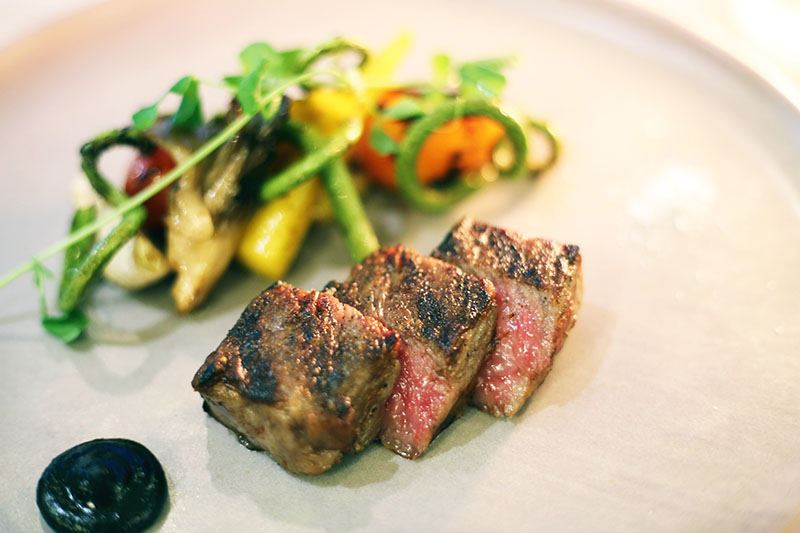
Iwate A5 Wagyu. Photo © Katherine Goh
A sushi course followed—pleasant, though not quite as memorable as the earlier dishes. At this point, I was looking forward to a light, elegant conclusion—perhaps a yuzu granita, a matcha parfait, or a mochi-inspired sweet.
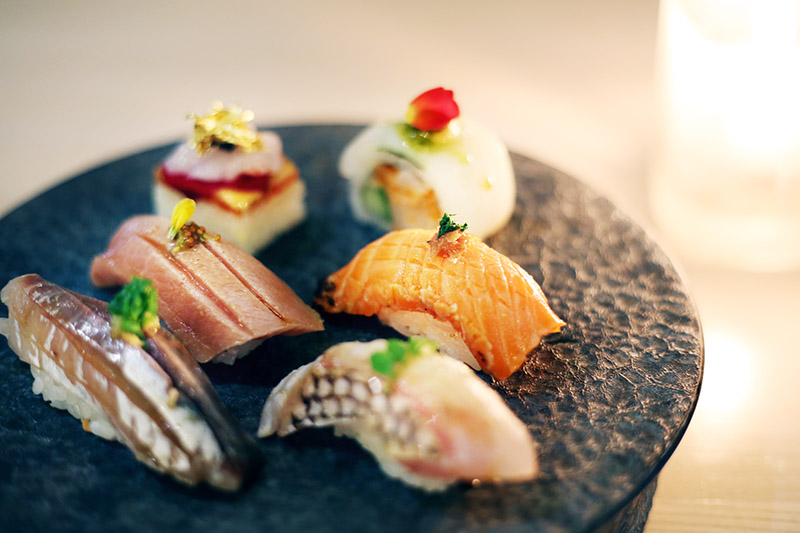
Sushi – Chef’s Selection. Photo © Katherine Goh
Instead, dessert arrived in the form of a carrot caramel entremet—a dense carrot sponge layered with miso caramel and a vanilla mascarpone mousse. While I appreciated the ambition behind combining Western patisserie with Japanese elements like miso, the overall effect felt heavy-handed. The carrot cake was far too dense for the end of an already rich meal, and there was little about it that nodded convincingly to Japanese tradition or flavour. It felt more like something from a Western dessert menu that had wandered onto the kaiseki roster by mistake. Rich, heavy, and entirely devoid of any Japanese elements, it struck a dissonant note.
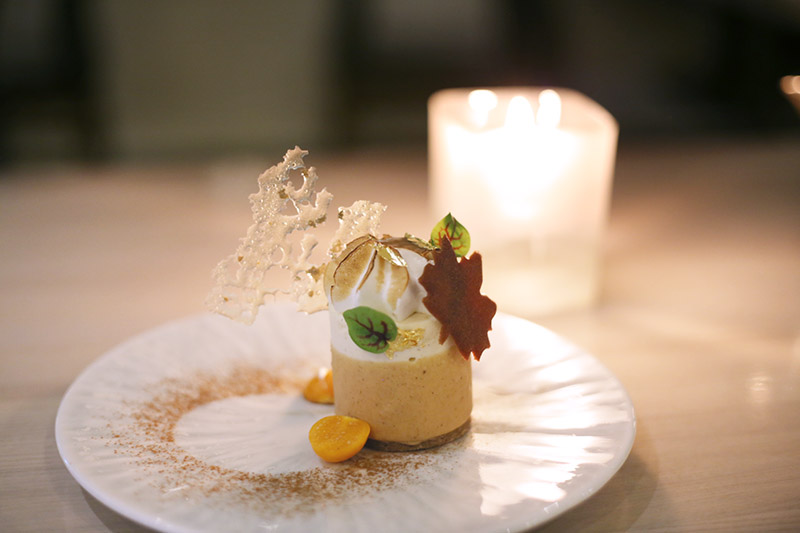
Carrot Caramel Entremet. Photo © Katherine Goh
Final Takeaway
In terms of value, the CA$180++ (about S$168) price tag places Miku’s kaiseki offering firmly in the premium bracket, and while certain dishes did justify the cost, the overall journey lacked the harmony and quiet contemplation one associates with traditional kaiseki. Dining here felt more like a showcase of technically skilled plates than a cohesive culinary story. To me, a kaiseki meal is not merely a succession of dishes; it is meant to be a meditative culinary progression, where seasonality, texture, and harmony take centre stage.
Miku excels in moments—the scallop tart, the wagyu, the tuna tartare—but stumbles in cohesion and atmosphere. If you’re looking for high-quality sushi in a vibrant, lively setting, Miku may well be your spot. But if it’s a tranquil, immersive Japanese dining experience you’re after, one where flavours whisper instead of shout, this may not quite be it.
Miku Vancouver
200 Granville St #70,
Vancouver, BC V6C 1S4, Canada
Website: mikurestaurant.com
Editor’s note: This was a hosted tasting but all opinions are the editor’s own.

